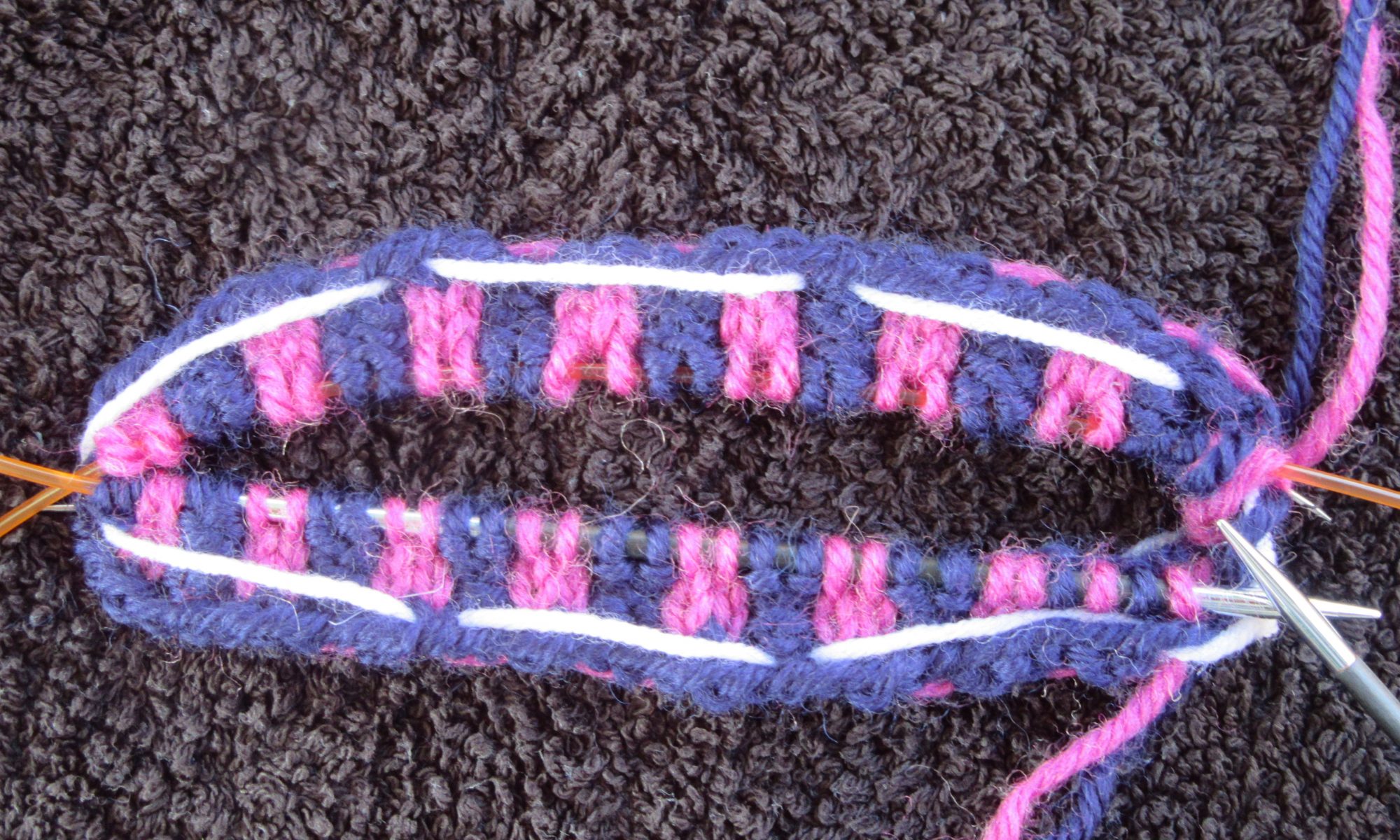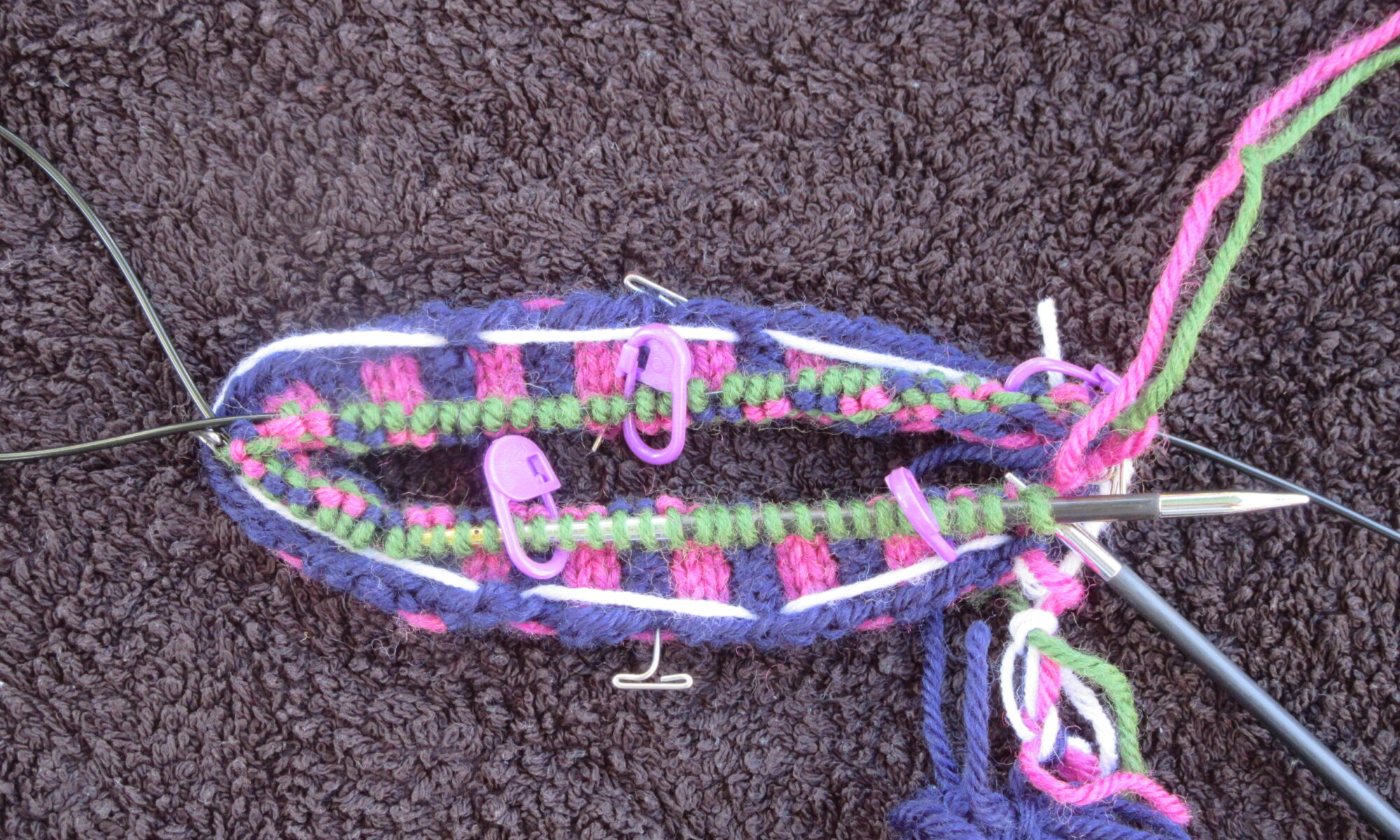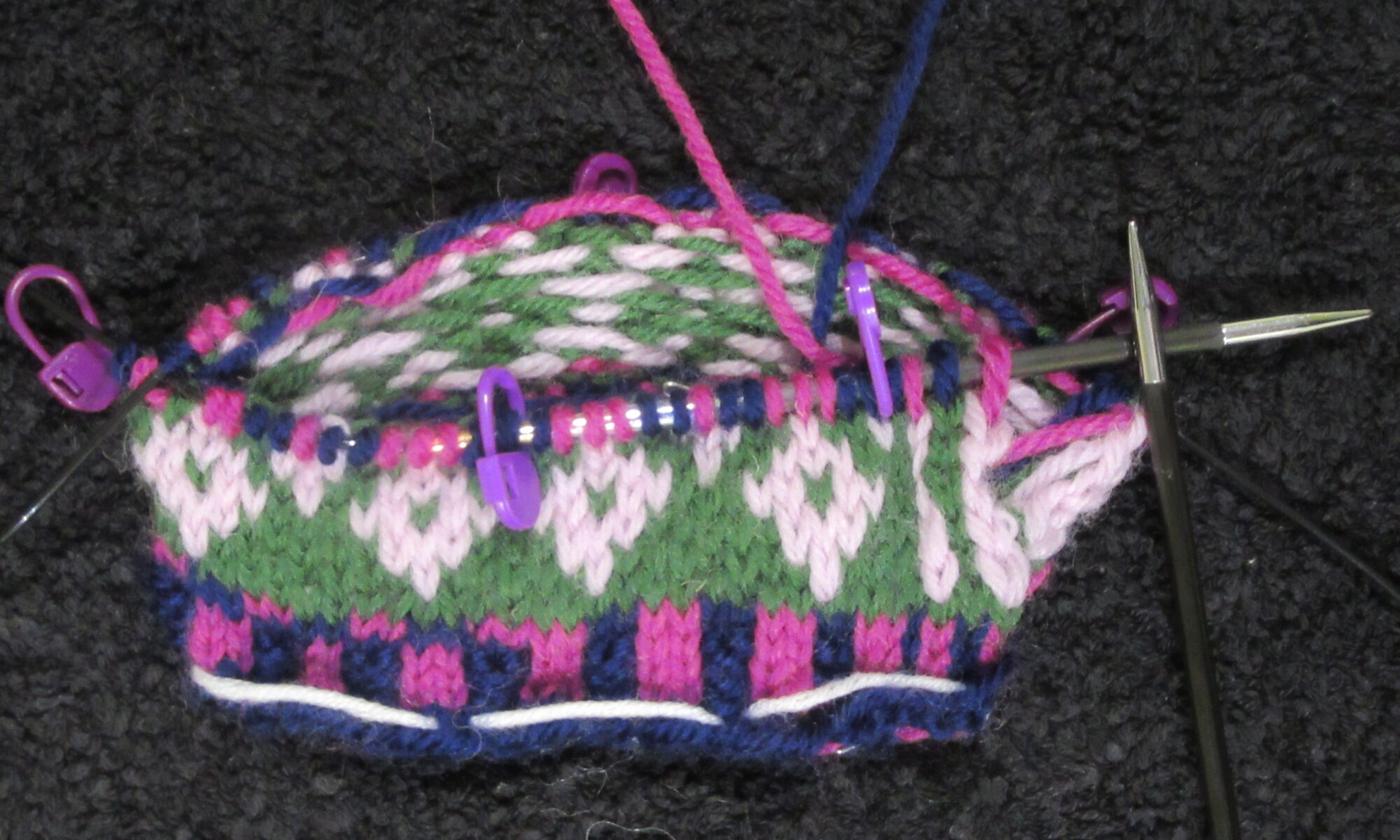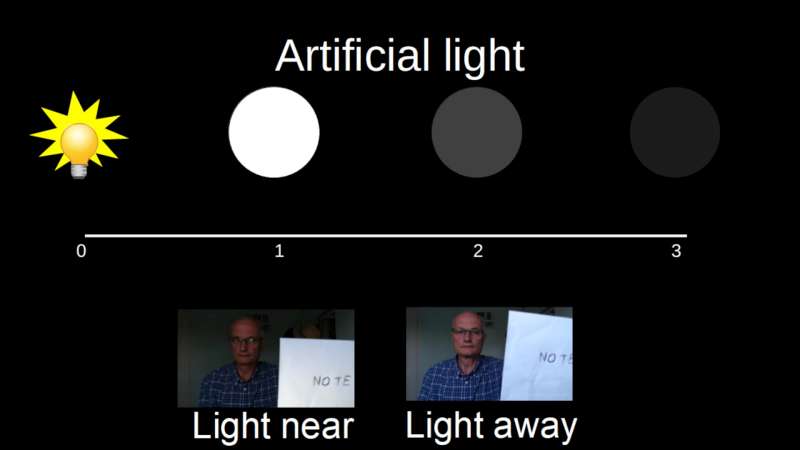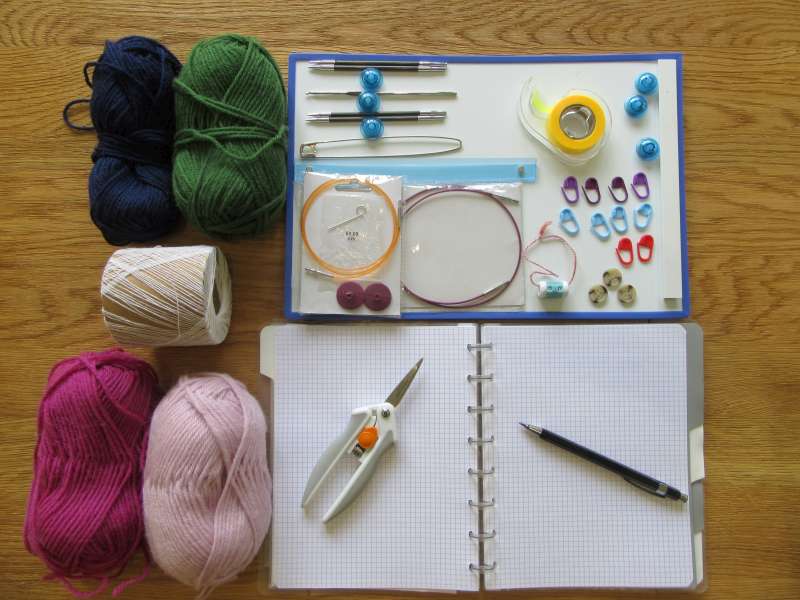Activity 1: Vertical stripe rib
Before you start, please make sure that you have done everything in Activity 0. For instance, have you downloaded the handout and have the yarn and tools listed in Activity 0.
Instructions for this activity are on page 6 of the handout. You do not need to swatch for this project because its size does not matter. Instead, you can treat the entire project as a swatch to practice. Then make another one if you want to have a “showcase” to show others.
Continue reading “Introduction to stranded colour work tutorial – Activity 1”

